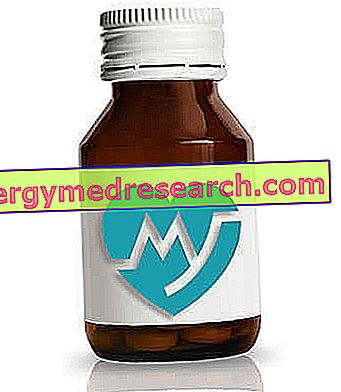This article aims to help the reader in the rapid identification of natural remedies useful in the treatment of various symptoms, disorders and pathologies. For some of the listed remedies, this utility may not have been confirmed by sufficient experimental tests conducted with a scientific method. Furthermore, any natural remedy presents potential risks and contraindications.
If available, we therefore recommend that you click on the link corresponding to the individual remedy to learn more about the topic. In any case, we remind you of the importance of avoiding self-treatment and to consult your doctor beforehand to ascertain the absence of contraindications and drug interactions.

It is defined as photosensitizing any substance that, applied to the skin or taken systemically, is able to increase the sensitivity of the skin to light. This effect is due to the ability, inherent in the photosensitizing substance, to absorb the energy transmitted by light and amplify it, with the formation of free radicals. In this way, photosensitizing substances enhance the cutaneous action of ultraviolet rays, in particular those responsible for tanning (but also damage from excessive sun exposure).
The photosensitizing substances are used in the so-called photodynamic therapy, used to stimulate skin pigmentation in vitiligo and to a lesser extent in psoriasis and alopecia areata.
Excessive photosensitization is manifested by the appearance of erythema. Therefore, subjects who take photosensitizing supplements or drugs, especially if they are fair-skinned, should avoid prolonged sun exposure and UV treatments
Photosensitizing drugs: Foscan ®, Photobarr ®, Visudyne ®.
Photosensitizing medicinal plants and supplements with photosensitizing properties
Hypericum, hypericin, Angelica, Buckwheat, Kava kava, Levistico, Visnaga, Star Anise, Anise, Parsley, Cumin, Ruta, essential oil of bitter orange and Bergamot, furanocumarine (psoralen, angelicin etc.).



